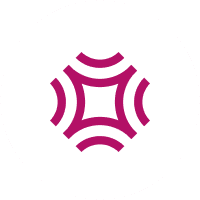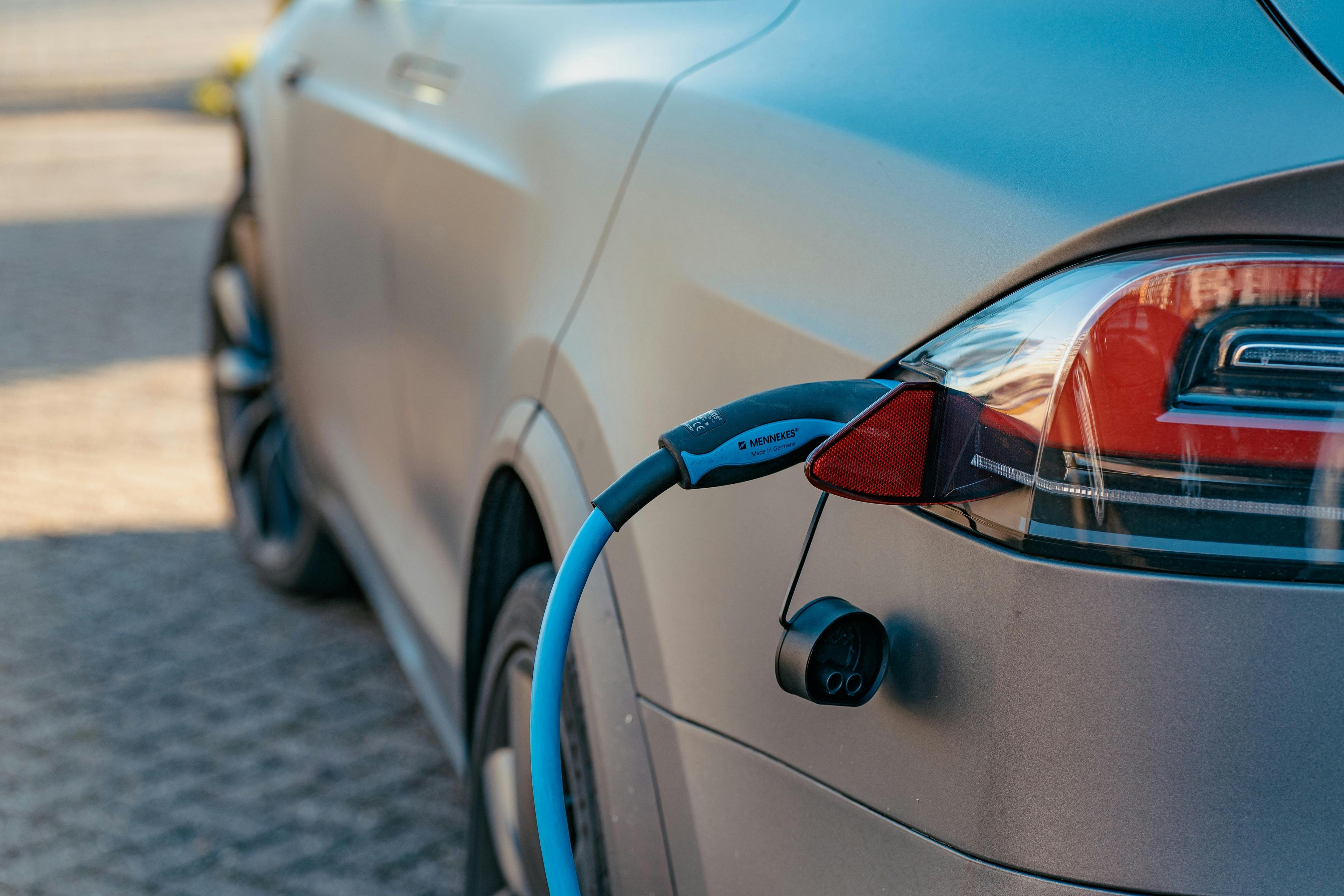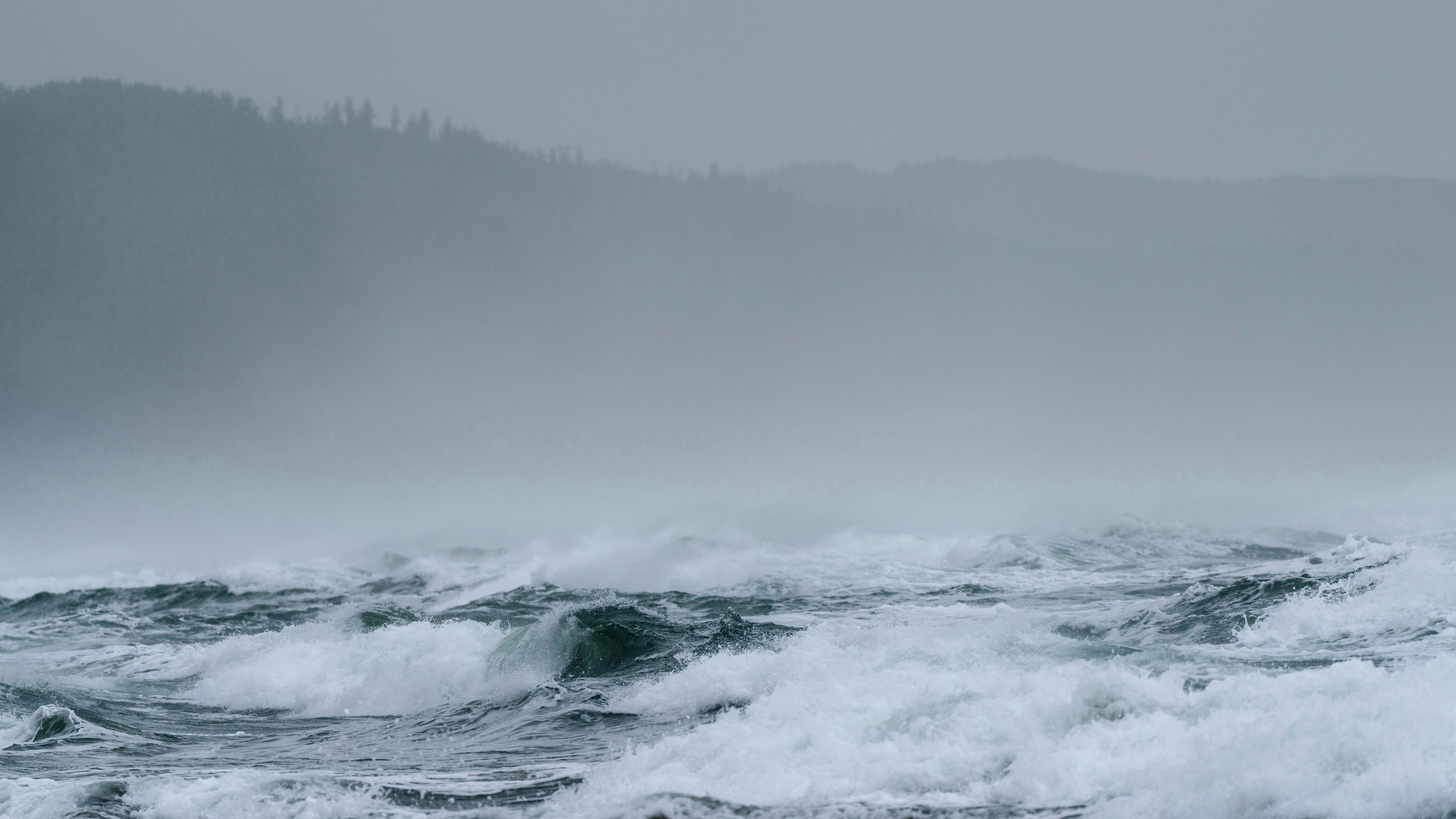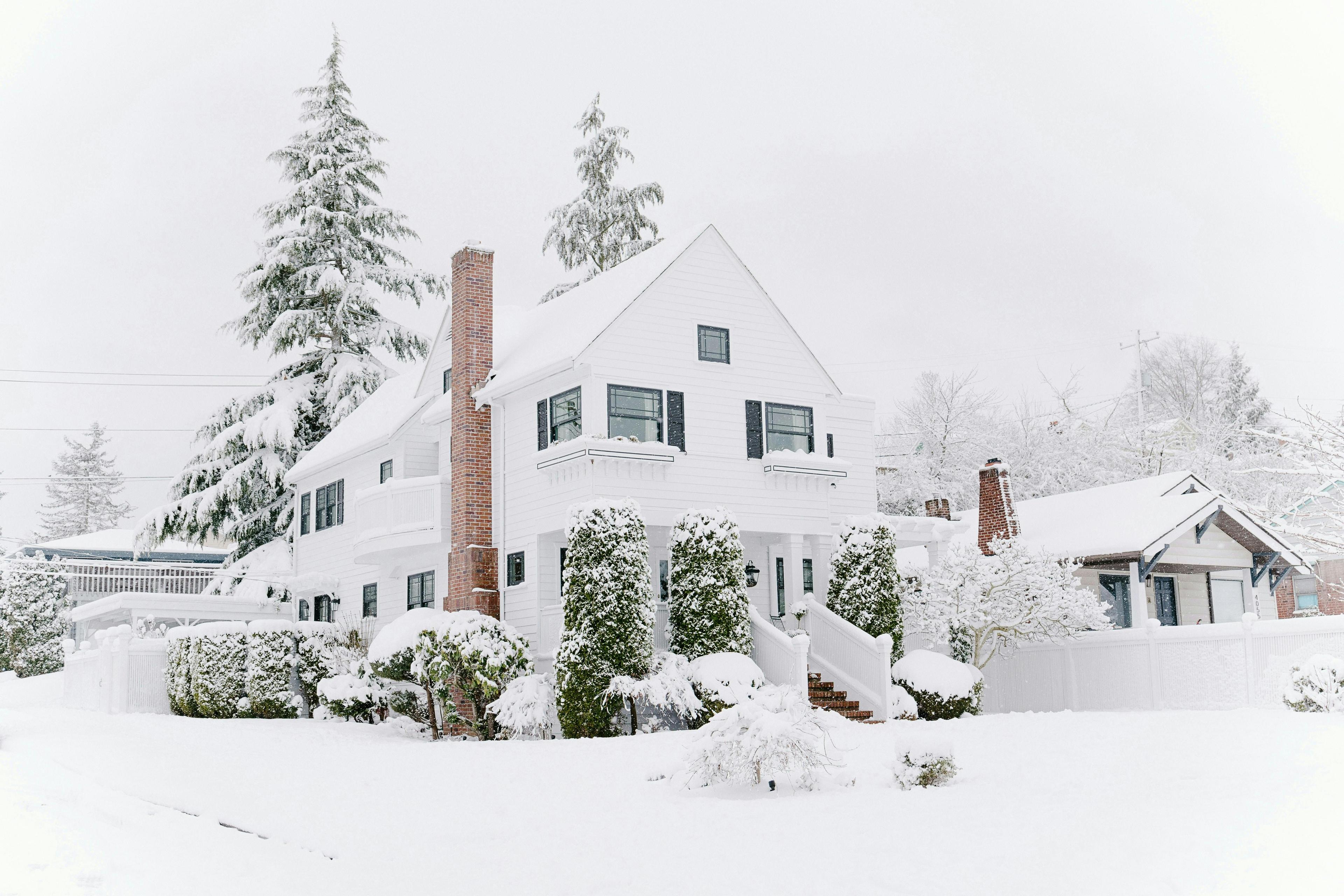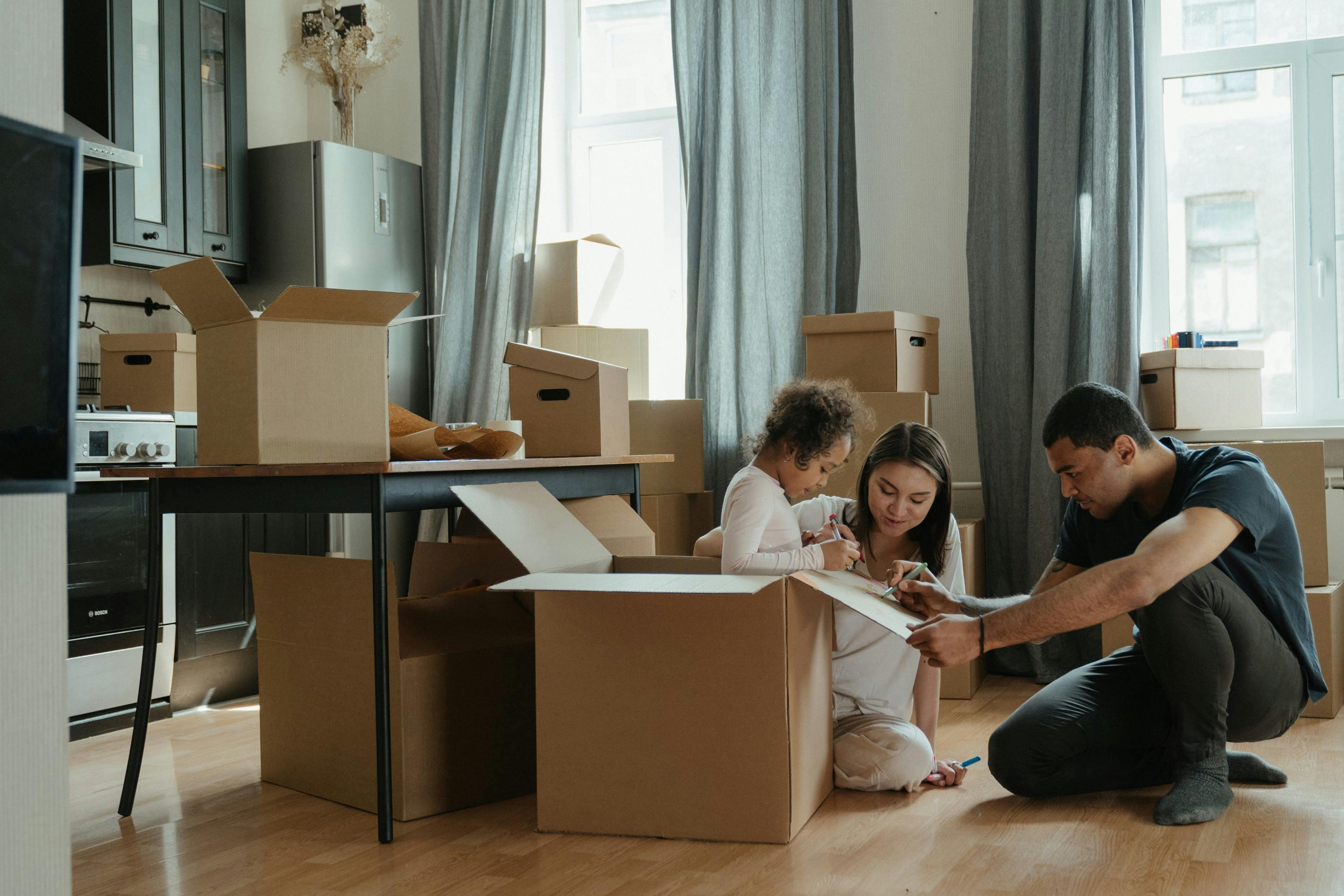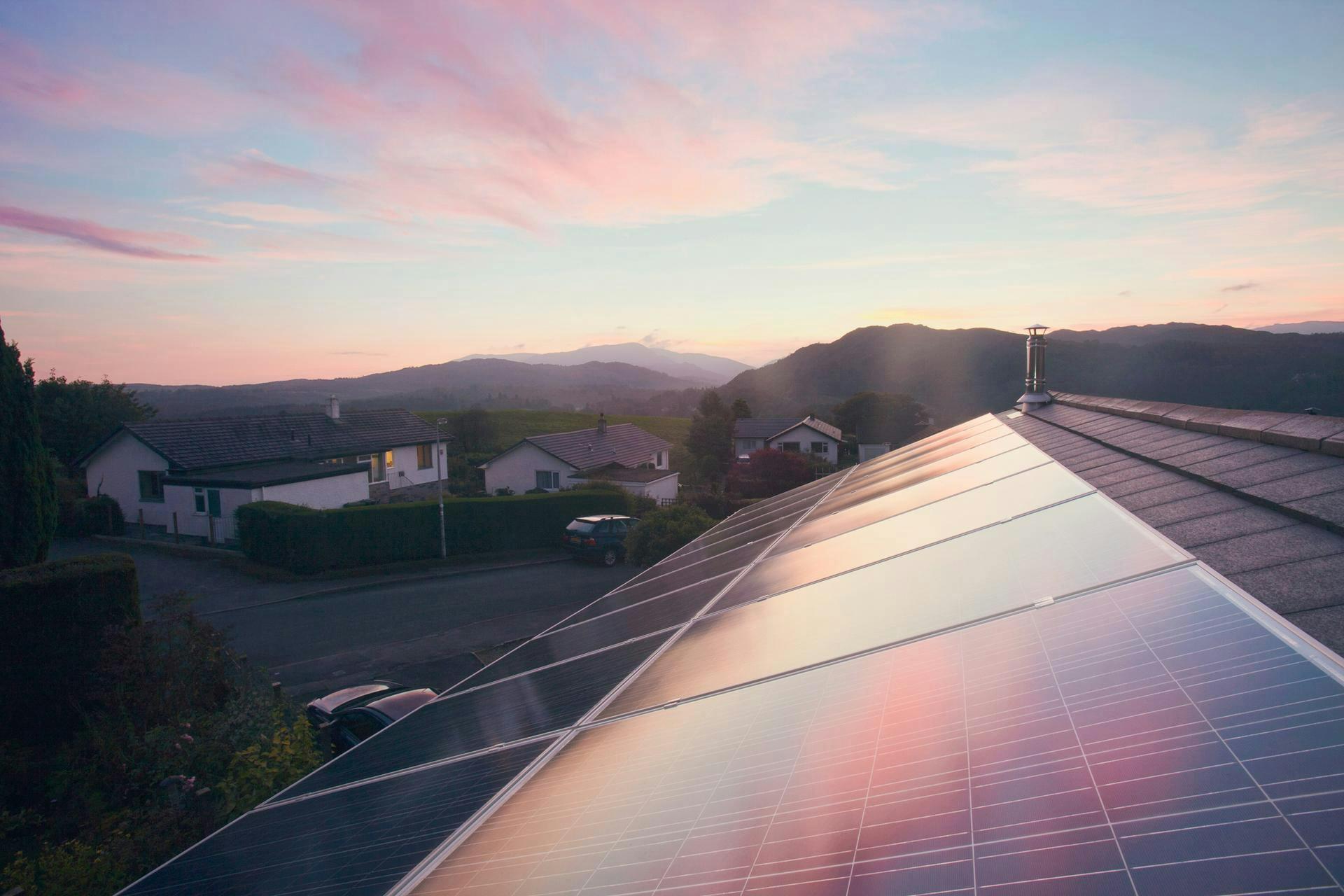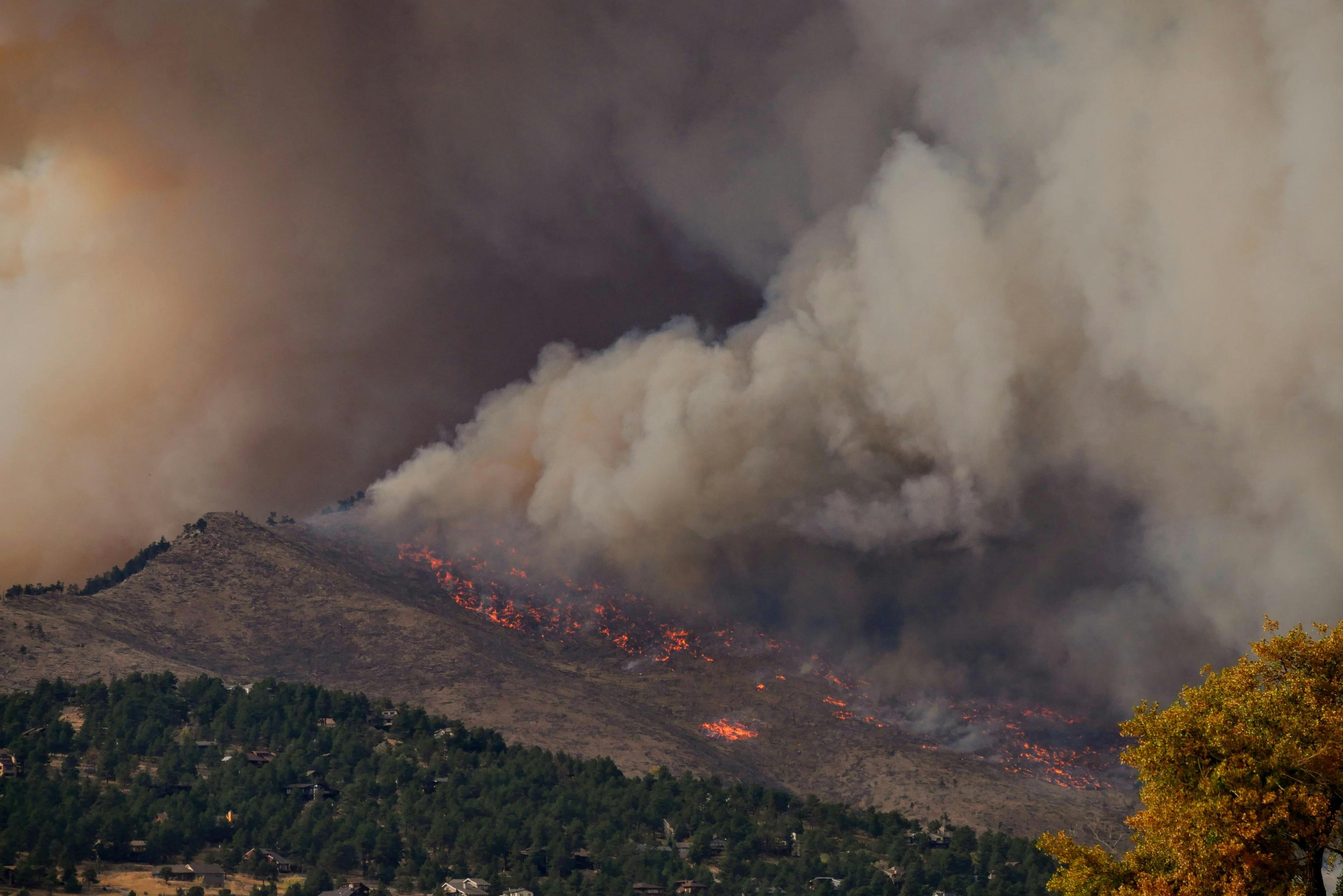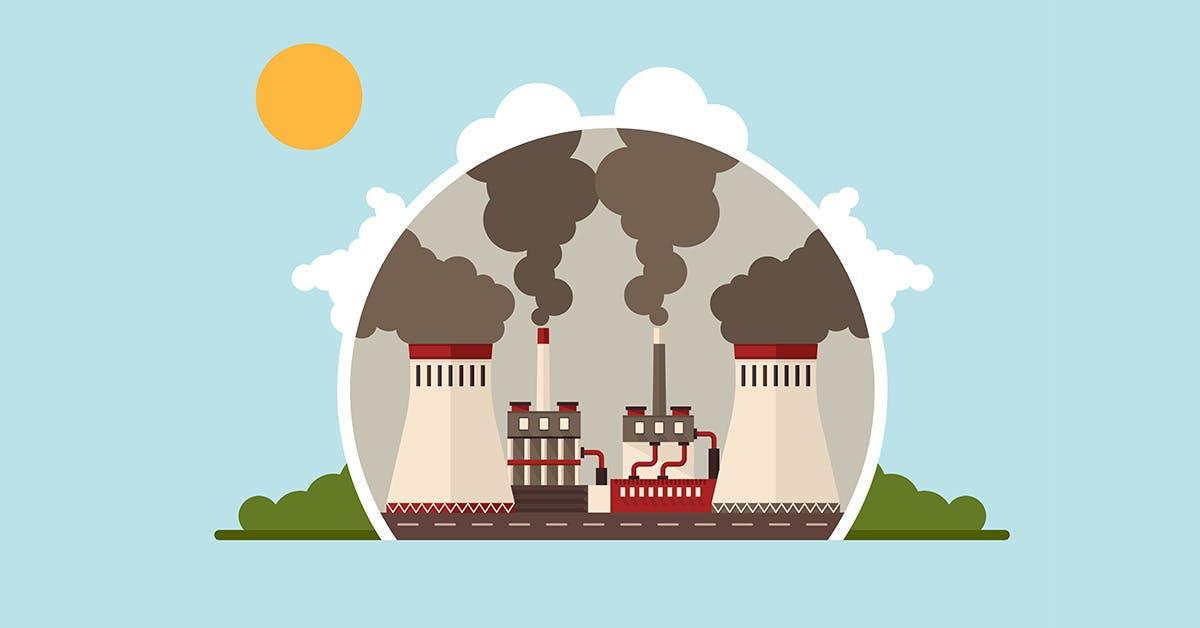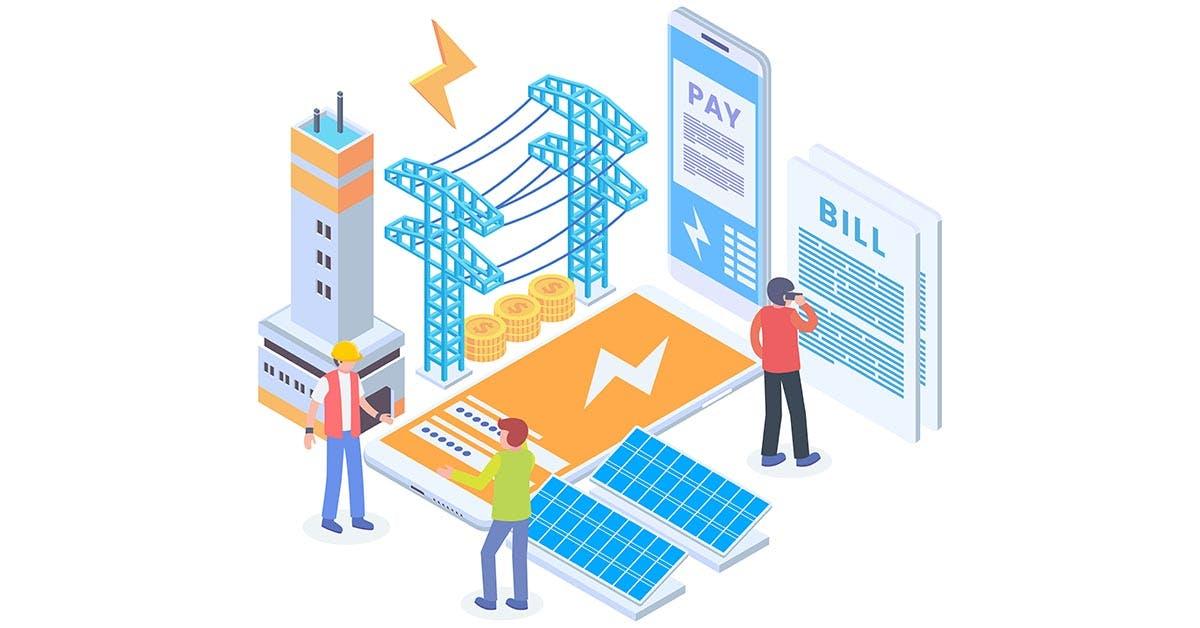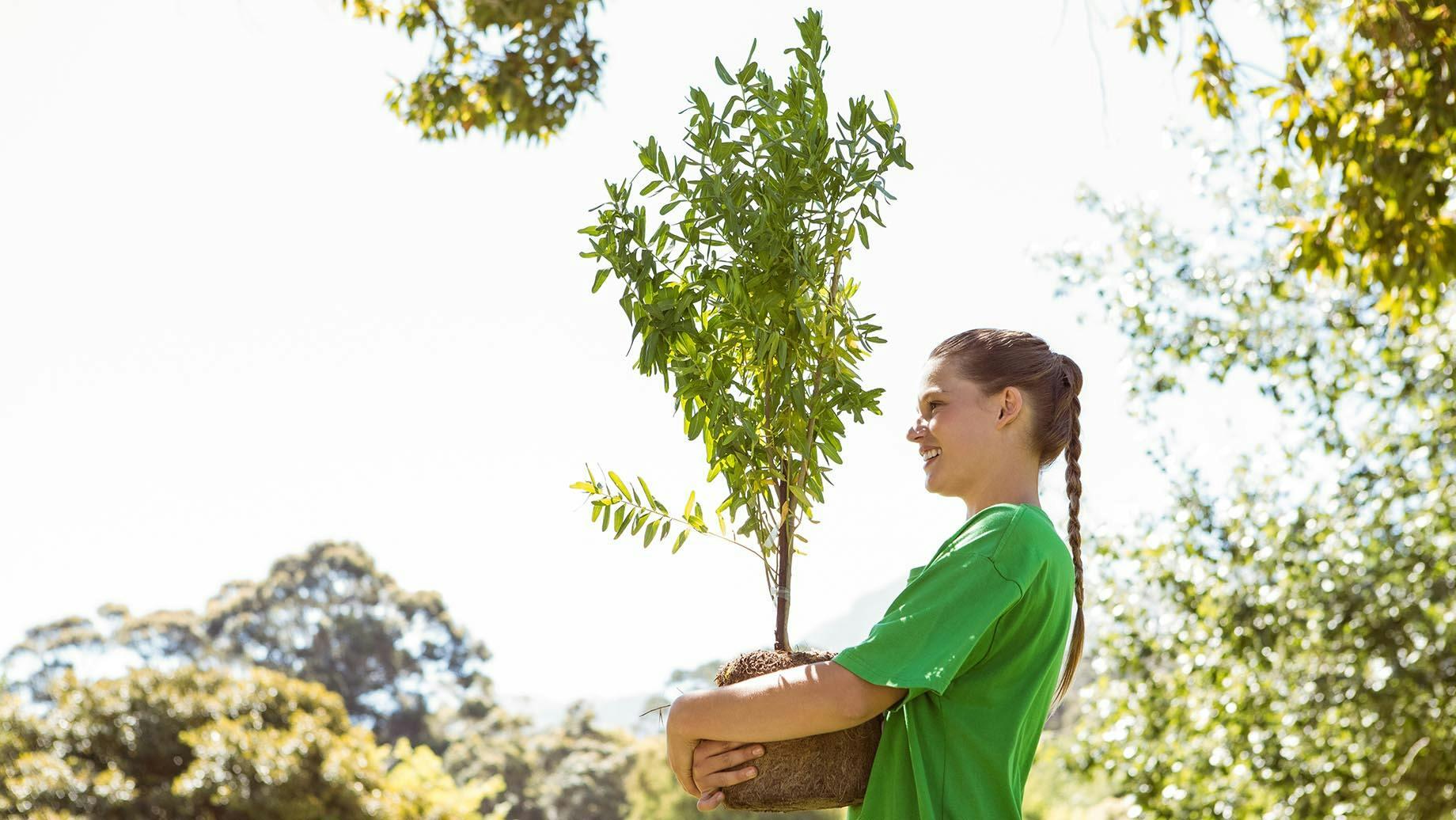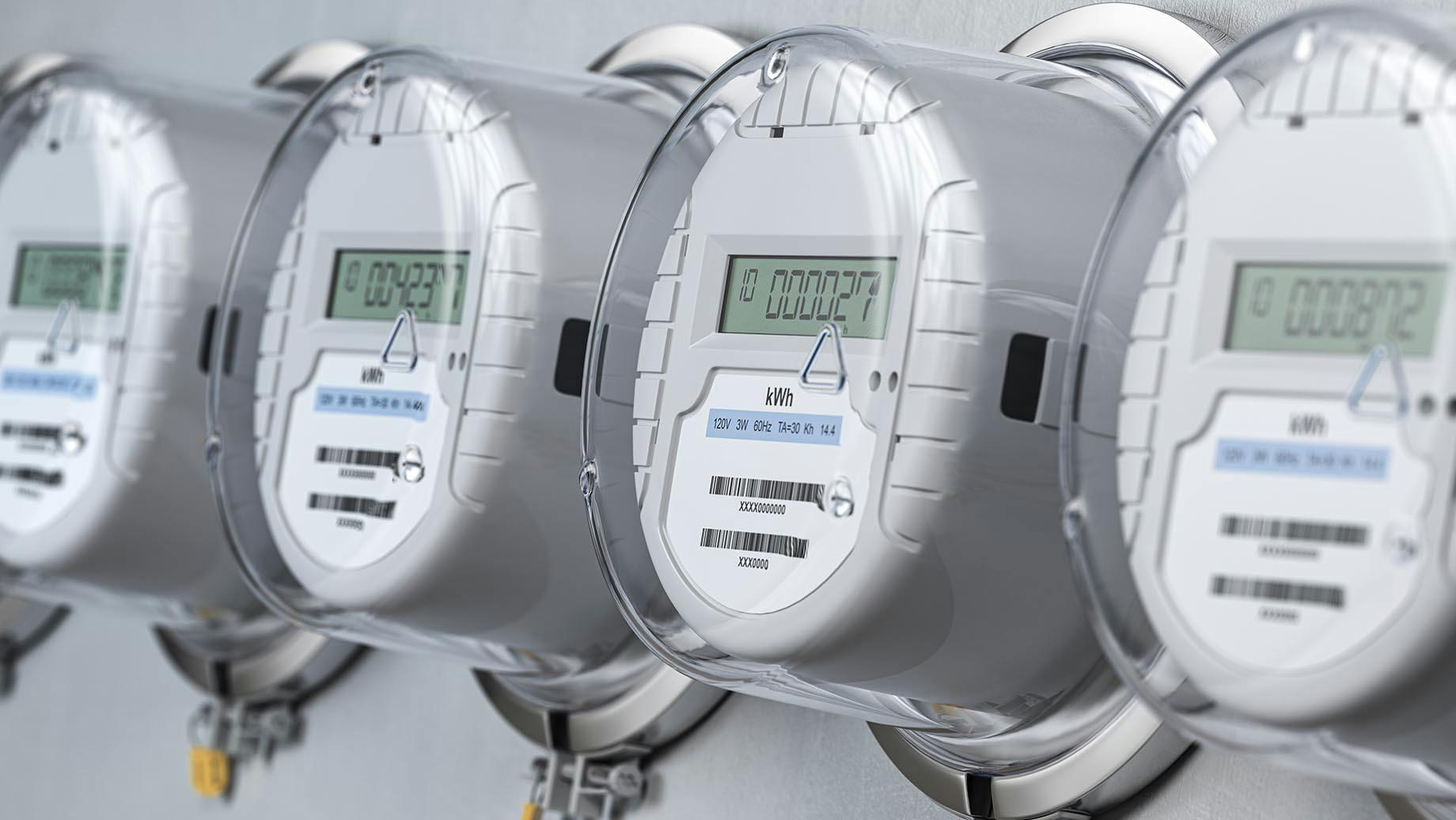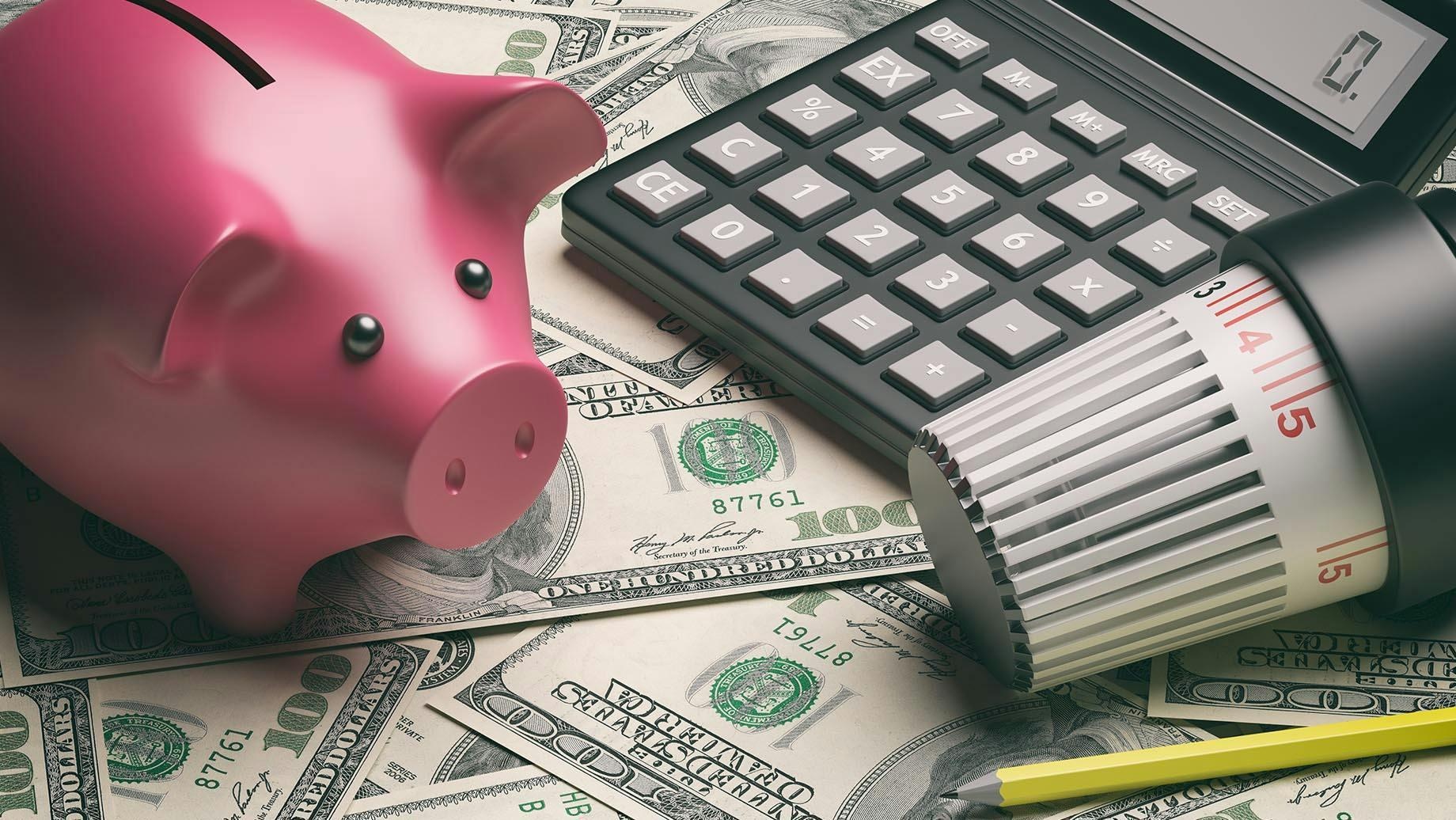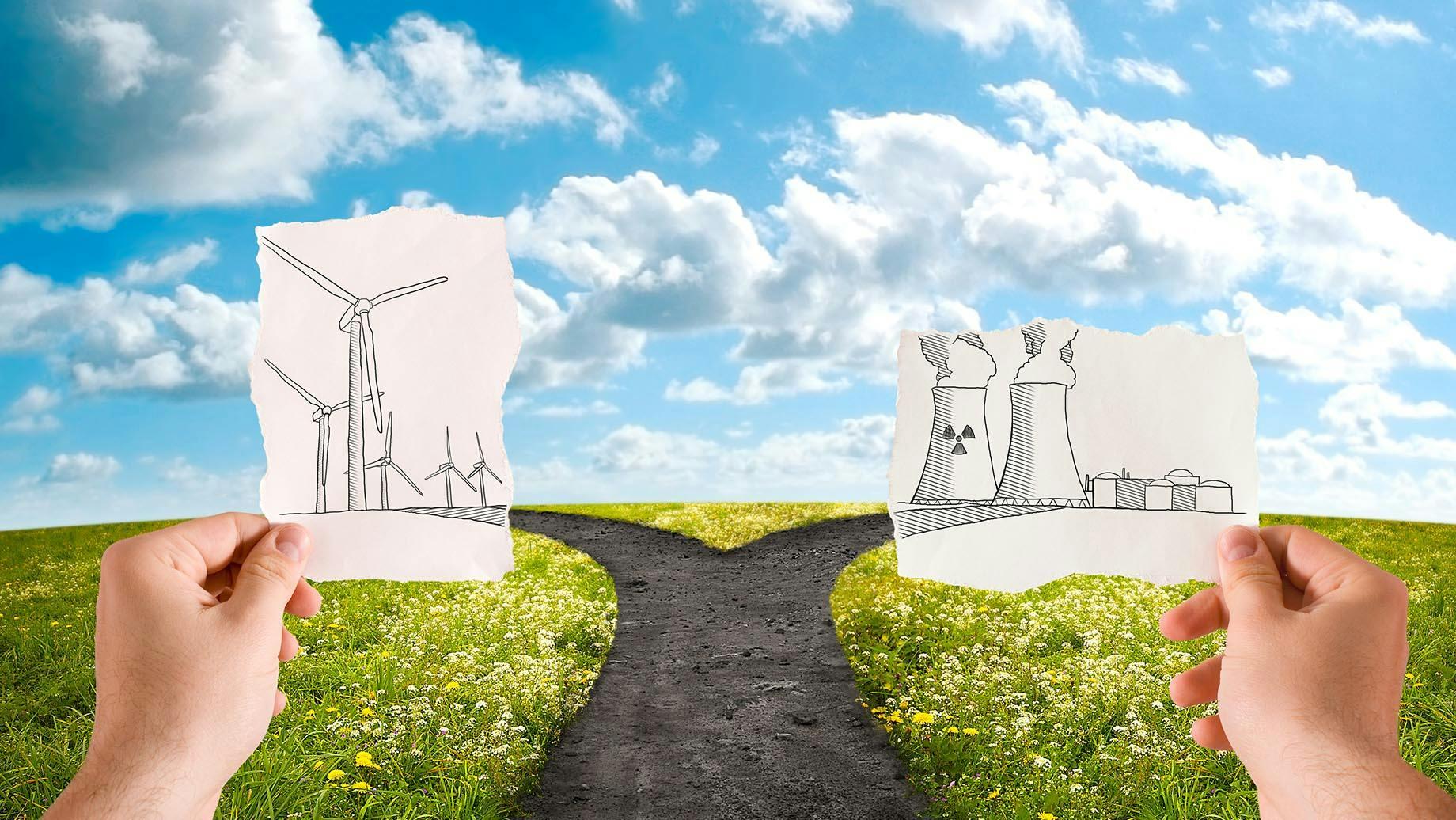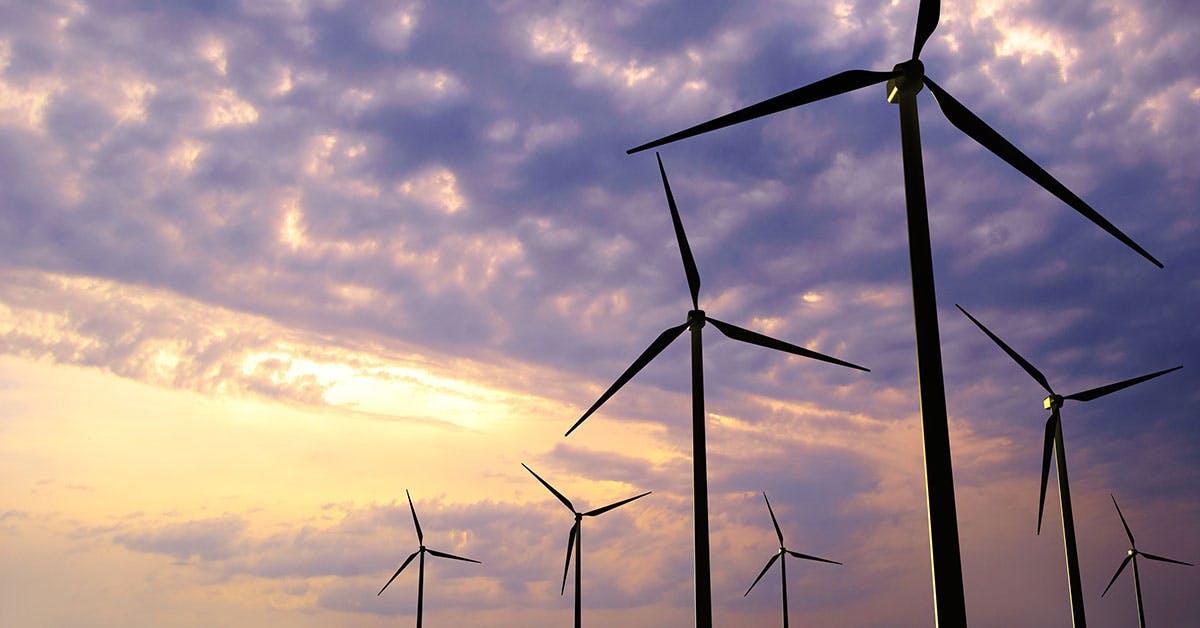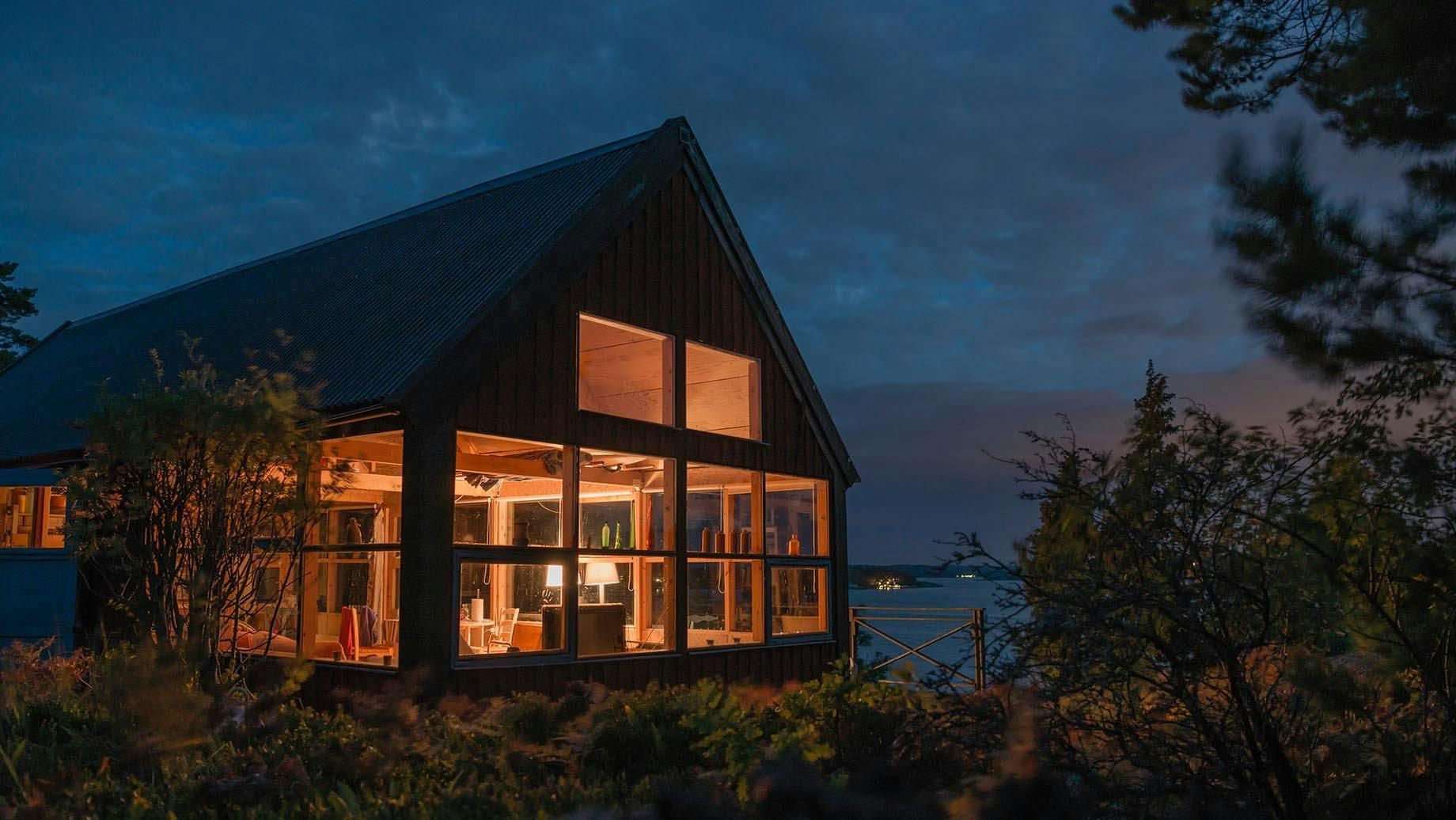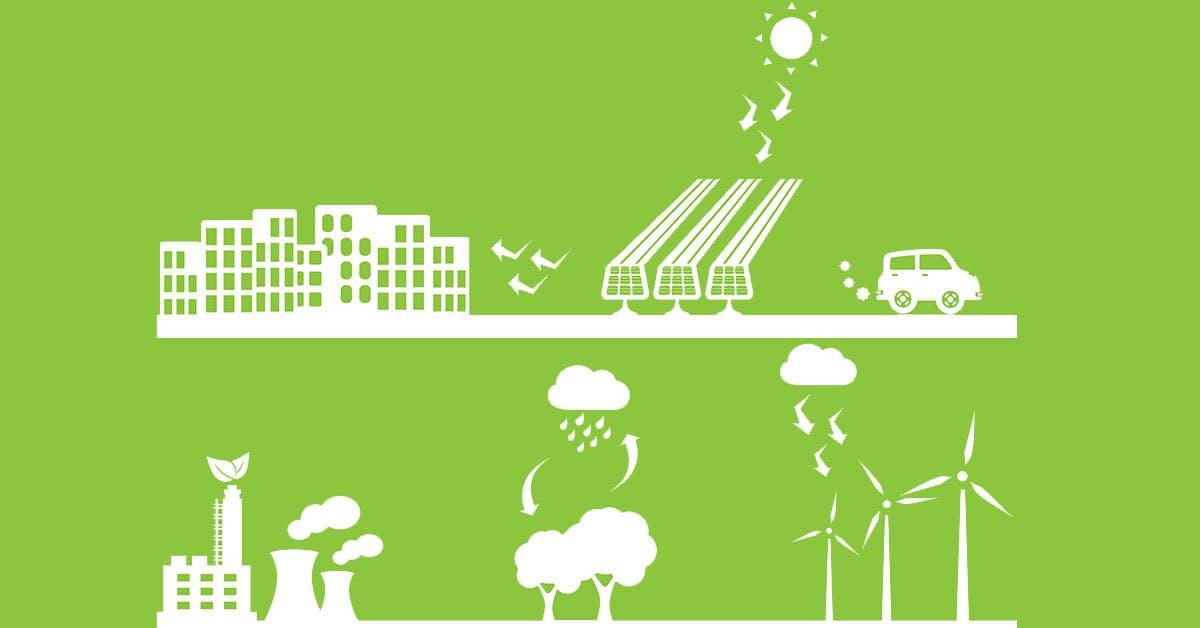
Wind Turbines: Pros and Cons
Inspire Clean Energy
15 min read
category: Sustainable Living
Don't worry about climate change— do something about it.
Our clean energy plans are the easiest way to reduce your home's carbon footprint.
Switch to clean energyPros and Cons of Wind Energy
With increasing awareness of environmental issues across the planet, including climate change, more and more industries and individuals are looking toward renewable, clean energy sources to provide them with the power they need. Wind energy is one of these energy sources, and is quickly growing in popularity across the United States and the world. And as with any source of energy, wind energy (created by wind turbines) has its advantages and disadvantages.
While wind energy has become incredibly popular, there are some who believe wind turbines disrupt the natural beauty of the landscape they are built on. To better understand if building these large, and to some people “ugly”, structures is worth it, let’s take a closer look at the pros and cons of wind turbines.
What are the pros and cons of wind turbines?
Let’s start with a wind turbines pros and cons list, and then we’ll go into more detail:
Pros of wind turbines
- clean energy source
- domestic energy source (we can source it in the US)
- sustainable
- cost-effective
- creates jobs
- enables industry growth
- contributes to local/rural economies
- free fuel
- price stability
- low operating costs
Cons of wind turbines
- high initial cost
- intermittent availability
- often located in remote areas
- can be noisy
- some people don’t like the way they look
- can negatively impact wildlife
Do wind turbines cause health problems?
No – wind turbines are a clean energy source, and so they don’t produce the sort of harmful gasses that other energy sources can create that may lead to health problems.
Air is not polluted when wind turbines are in operation. The combustion of fossil fuels, on the other hand, creates air pollution in the form of particulate matter, sulfur dioxide, and nitrogen oxides. These harmful chemicals are what can cause health problems, such as respiratory diseases.
How long does it take to pay off a wind turbine?
The wind turbine itself accounts for about 75% of the cost to install a wind turbine. After the wind turbine is up and operational, the only costs are maintenance and operating costs as there are no fuel or carbon costs.
It only takes between 3 and 6 months for a wind turbine to produce the same amount of electricity as went into its manufacture, installation, operation, and maintenance, as well as its decommissioning at the end of its lifetime, which typically happens after 20 to 25 years.
Are there economic impacts for wind turbines?
Yes, and they are extremely positive for the domestic economy. Let’s look at our pros and cons with regard to economic impact:
Pro: Wind turbines are cost-effective
Commercial-sized wind farms produce some of the lowest-priced energy available on the power market, at only $0.01-0.02/kWh. The price of development is decreasing, and this trend will only continue. This means that both large commercial-scale wind farms and domestic small-scale wind farms will become more affordable to install in the not-so-distant future.
Pro: The fuel (wind) is free
With traditional sources of energy, such as oil, coal, and gas, the fluctuating price of the fuel itself must be added on top of the price of the electricity created to get the total cost of the energy. Since wind is a free fuel source, the electricity produced is the only cost involved and can therefore be sold at a stable, fixed price.
Pro: Wind turbines create jobs
In the United States, the wind energy industry employs over 100,000 workers, and with wind turbine technicians becoming one of the fastest-growing jobs in the US, this number is only likely to increase. In fact, according to the Wind Vision Report produced by the US Department of Energy, the wind energy industry is likely to provide 600,000 jobs by 2050 in areas including manufacturing, installation, and maintenance.
Pro: Wind turbines enable industry growth
The installation of new wind turbine projects accounts for annual investments of more than $10 billion in the United States. With this investment, the US is in a strong position to compete on a global scale with other leaders of clean energy.
Pro: Wind turbines benefit rural economies
Many of the most effective wind turbine sites are found in rural areas where they help to benefit the local economy to a large degree. Wind turbines can be installed within already-existing farms and ranches without causing too much disruption to farm/ranch operations. The owners of the wind farms then pay rent to the landowners, providing them with additional income, which can be put back into the local economy.
In addition, it brings in new people to the rural community to work on the wind farm, which can help dwindling rural communities bolster their numbers.
Are there environmental impacts for wind turbines?
Yes, as with any energy source, there are pros and cons for the environmental impact wind turbines have. Let’s look at them in more detail:
Pro: Wind energy is sustainable
Since wind energy is a form of solar energy, it is completely sustainable. As long as we have warmth from the sun, the wind will blow, and therefore, energy can be produced. Sustainability is crucial to ensure that our environment is protected now and in the future.
Con: Wind turbines are noisy and can be seen as unsightly
Compared to traditional power plants, wind turbines have very little environmental impact, however, many people who live near wind turbines or wind farms find that they are noisy and unsightly. Although this is a concern for some, the benefits of a clean energy source should outweigh these issues.
Con: Wind turbines can negatively impact local wildlife
In the past, birds have been killed after flying into the path of turning blades. These instances have been largely reduced through technological development and finding more appropriate locations for the turbines. There is still an issue with bats being killed by turning blades, and further research is needed to find ways in which to reduce the impact of turbines on species of bat.
As with any type of development, there is also the impact on habitats surrounding wind turbine installations, which in turn may cause some wildlife species to leave the areas they once called home.
It is worth noting, however, that the numbers equate to approximately 7,000 bird deaths per year. Traditional power plants (fueled by fossil fuels) kill 14.5 million.
How reliable is wind energy?
One of the major difficulties with clean power sources is that, in many cases, their ability to generate energy is subject to the weather.
Con: Wind energy is intermittent
Whether a wind turbine will rotate in order to generate electricity depends entirely on the weather, more specifically, wind levels. Because of this, it is difficult to calculate precisely how much electricity will be created by a wind turbine in advance.
A wind turbine will not spin if wind speeds are particularly low and, conversely, a wind turbine is programmed to shut down if wind speeds are dangerously high. Therefore, electricity created by wind turbines isn’t always available, unless surplus wind energy has been stored previously.
Even though wind energy can be an intermittent resource, wind energy can contribute to a variety of additional benefits of renewable energy, visit Inspire today and learn more.
How efficient are wind turbines?
Similar to reliability, the efficiency of wind turbines depends on wind speed. Wind turbines will begin rotating when wind speeds reach about 4 or 5 meters/second and will reach their maximum output when wind speeds reach around 15 meters/second. This means that, although a wind turbine generates electricity between 70% and 85% of the time, the output of energy produced depends on wind speed.
Pro: Wind energy is a domestic energy source
As wind is a domestic energy source, this means that the supply of wind in the United States is abundant and infinite. Over the past decade, wind power capacity in the US has grown by 15% each year, now being the most widely used renewable power in the country.
Con: Located in remote locations
Although wind turbines are useful for rural areas, the majority of power produced is needed in urban areas, far from where wind turbines often are. This means that transmission lines need to be constructed in order to transport the generated electricity from wind farms to towns and cities.
What do wind turbines do?
Wind turbines absorb kinetic energy from the wind by using blades. As a result, wind creates lift on the blades, similar to the effect on airplane wings, causing the blades to turn. However, wind turbines work on a simple principle: rather than using electricity to create wind (like a fan does), they utilize the wind to create electricity. The propeller-like blades of a turbine are turned by the wind around a rotor, which spins a generator to generate power.
The aerodynamic force of the rotor blades, which act similarly to an airplane wing or helicopter rotor blade, converts wind energy into electricity in a wind turbine. The air pressure on one side of the blade lowers when wind blows across it. Lift and drag are created by the difference in air pressure across the blade's two sides.
When the wind blows the blades, the force of lift is greater than the force of drag, causing the rotor to spin. The rotor is connected to the generator either directly (if it's a direct drive turbine) or through a shaft and a series of gears, which speeds up the rotation and allows the generator to be physically smaller. The conversion of aerodynamic force to generator rotation generates power.
What is the minimum wind speed for a wind turbine?
A wind turbine needs a minimum wind speed of 7 miles per hour to operate normally and generate electricity. However, too much wind can cause damage to the turbine, and their maximum speed is about 55 miles per hour. At this point, they will automatically shut off to prevent mechanical damage.
How much space does a wind turbine need?
The direct land use for wind turbines in the United States is three-quarters of an acre per megawatt of rated capacity. A 2-megawatt wind turbine, for example, would require 1.5 acres of land.
There is a lot of space between turbines on wind farms. Some of that area is used to reduce turbulence, while others follow geographical features or avoid other hazards. A large portion of land is devoted to other uses, such as agricultural farming.
National Renewable Energy Laboratory (NREL) researchers surveyed this total land use. A rough average of 4 megawatts per square kilometer was discovered (about 10 megawatts per square mile). As a result, a 2-megawatt wind turbine would need a total area of nearly half a kilometer (about two-tenths of a square mile) — although, larger turbines may need as much as 50 acres of space per megawatt.
What size are wind turbines?
The hub height of a wind turbine is the distance from the ground to the center of the rotor. The Midwest and Northeast, two locations with higher-than-average wind shear (how the wind changes speed and/or direction with height), are home to the majority of wind turbine towers taller than 300 feet.
The GE 1.5-megawatt model, for example, has 116-foot blades on a 212-foot tower, but the Vestas V90 has 148-foot blades on a 262-foot tower. As a result, the GE 1.5-megawatt variant is almost 164 tons in weight, with the tower alone weighing roughly 71 tons. The Vestas V90 has a total weight of around 267 tons.
The larger the turbine, the more wind it can capture, produce, and turn into electricity, even in lower wind conditions. The ability to gather more wind at lower wind speeds could expand the number of places suitable for wind development across the United States.
Are wind turbines loud?
Wind turbines can be loud; they are typically placed at least 1,000 feet from residential areas. The sound is about 43 decibels at this distance. Comparatively, lawnmowers and motorcycles make more noise than wind turbines.
Do wind turbines need electricity to run?
No, turbines create energy from the wind and do not need additional resources such as electricity. Each turbine comprises a set of blades, a nacelle (a housing beside the blades), and a shaft. The wind, even a light breeze, causes the blades to rotate and generate kinetic energy. The revolving blades cause the inner shaft in the nacelle to rotate, and a generator in the nacelle turns this kinetic energy into electrical energy.
Do wind turbines turn to face the wind?
Wind turbine blades are made to spin clockwise and counterclockwise, although most spin in a clockwise direction for convenience. However, wind turbines cannot turn to face the wind, at least not yet. Therefore, planning is necessary to ensure a turbine faces the wind in the best direction to harness energy.
How close together can wind turbines be?
A wind turbine's blades should be about 500 feet away from the nearest obstruction. Turbines should be set back this far from other structures and buildings for safety and to avoid obstructing wind flow.
Optimized wind turbine spacing guarantees that the landowner gets the most out of their location. It also aids in the reduction of turbine noise. However, wind speed and direction, turbine size and type, and land expenses are all factors that affect the performance of each wind farm and how they are organized.
Why are wind turbines white?
For aesthetic reasons, most wind turbines are painted white to avoid becoming an eyesore. However, there are other practical considerations, such as safety, longevity, and protection. Surprisingly, white paint can help a wind turbine last longer. Not only are they better aesthetically, but they also provide safety, as the color heavily contrasts against most environments, making them safer for pilots. Also, the color does not absorb harmful UV rays from the sun and reflects the sun, preventing cracking and blistering on the surface, ultimately reducing maintenance costs.
Why do wind turbines have three blades?
According to blade aerodynamic calculations, optimal wind capture is determined by three factors: the number of blades, the rotational speed, and the blade width. The blade masses in turbines with three or more blades are spread evenly over the horizontal and vertical planes, regardless of the location of the blades.
Not all wind turbines have three blades. Some have just one or two, and one has recently come to the market without any blades at all, as it uses vortex-induced resonance to extract kinetic energy from wind. However, it will be a long time before these are cost-effective options.
What maintenance is needed on a wind turbine?
Wind turbine maintenance entails a wide range of tasks, with technicians following elaborate checklists. All wind turbines will require the following maintenance throughout their lifespan: Inspection of the electrical cabinet, gearbox, generators, and the foundation Examining the blades, tightening bolts, lubricating necessary parts, alignments of the drive train, checking for corrosion, and maintaining ventilation and air filters
Why are bigger wind turbines better?
The bigger a turbine, the better, and they are increasing in size every year. Broader blades can sweep a larger area and take advantage of the quicker wind speeds available at higher elevations above the earth. Capturing more wind and tapping into better wind resources can help lower electricity costs.
What is the lifespan of wind turbines?
A modern wind turbine will typically last 20 years; however, this can be extended to 25 years or beyond, depending on environmental circumstances and proper maintenance practices. However, as the structure ages, the maintenance expenditures will rise. Because of their extreme loads and the current technology, they do not last much longer than 25 years. With time and new technologies, we will find options that can last longer and withstand extreme wind.
Which state has the most wind turbines?
As the largest state in the continental U.S. square-mileage-wise, Texas has the most wind turbines, creating a total energy capacity between 17,000 and 33,000 megawatts. Iowa holds the second-highest number of wind turbines, with close to 12,000 megawatts. It is noteworthy that the actual number of wind turbines is not as important as the total energy capacity.
Does residential wind energy make sense? This depends on your geographical location, but often residential wind energy in the form of a small wind turbine does not make sense. If you live in an urban area with many tall buildings and other permanent structures that reduce wind flow, a small-scale wind turbine simply won’t get enough wind, even if you got permission to have one (which is unlikely).
You might live in a rural area with relatively strong wind speeds, but if your state or local government places height restrictions on structures, you will not be able to install a wind turbine that is tall enough to be beneficial.
They also cost between $15,000 - $30,000 on average to install. Unless you’re trying to find energy sources for living off the grid, signing up for a 100% clean energy supply plan for your home. is your best option. Inspire makes it easy for households to access clean energy, from renewable sources like wind, without the difficulties of installing a wind turbine in their backyard.
Though there are a few cons to wind turbines, they are minor compared to the cons of traditional forms of energy generation, like fossil fuels. In order to slow down the effects of global warming, it is important that we all work toward building a greener future for all. We can help you do just that.
It only takes a few minutes to make the switch to renewable energy with Inspire - you can feel good knowing you are accessing clean energy for your home’s electricity supply, while reducing our reliance on fossils fuels to power our lives. Ready to make the switch to renewable energy for your home?
Don't worry about climate change— do something about it.
Our clean energy plans are the easiest way to reduce your home's carbon footprint.
Switch to clean energy
Inspire Clean Energy
We're on a mission to transform the way people access clean energy and accelerate a net-zero carbon future.
Learn more about Inspire →Explore more
Recent Posts
Top Articles

